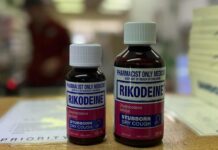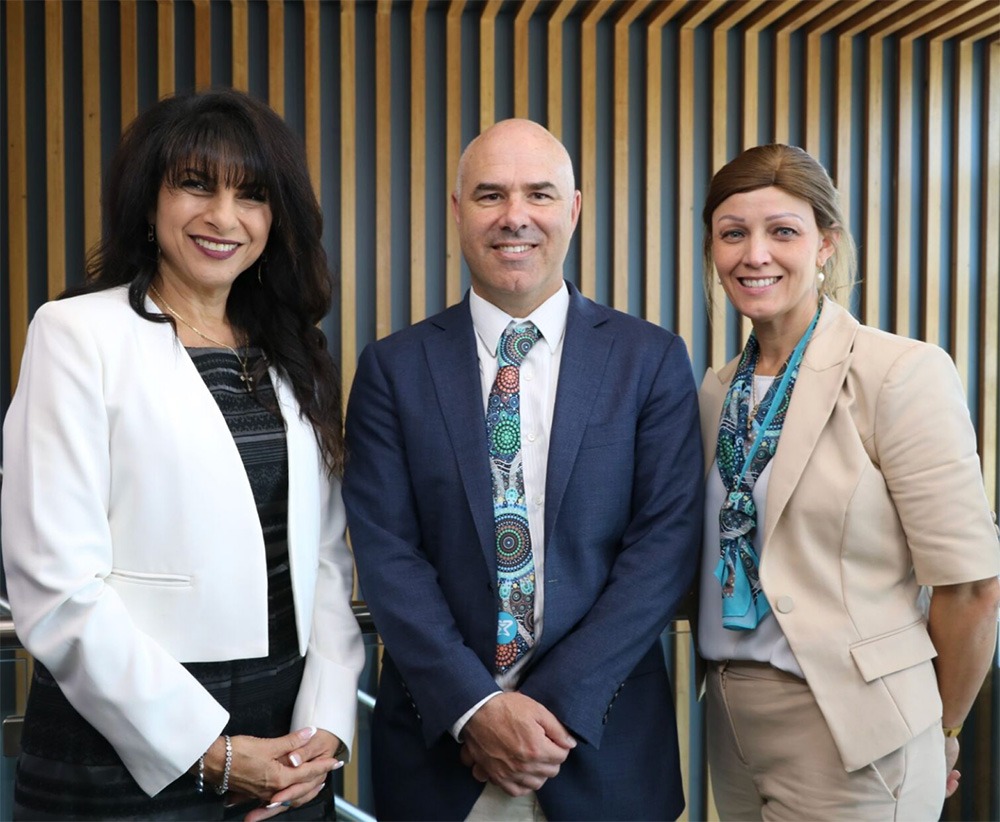Case scenario
Mrs Alvarez, an 82-year-old woman, presents to your pharmacy with a new prescription for apixaban 5 mg twice daily and some discharge paperwork, following a recent hospital admission after a fall at home. You notice that she was diagnosed with AF during her stay. Her medical history includes a myocardial infarction (MI) 2 years ago, for which she has been taking metoprolol, atorvastatin and aspirin.
Sponsorship statement
Funded by the Australian Government through the Quality Use of Diagnostics, Therapeutics and Pathology Program
Learning objectivesAfter reading this article, pharmacists should be able to:
Competency standards (2016) addressed: 1.1, 1.4, 1.5, 2.2, 3.1, 3.5 Accreditation number: C2506CDMJA Accreditation expiry: 31/5/2028 |
Already read the CPD in the journal? Scroll to the bottom to SUBMIT ANSWERS.
Introduction
Atrial fibrillation (AF) is the most common recurrent arrhythmia worldwide,1 characterised by uncoordinated atrial activity and irregular ventricular contractions. While its causes and contributors are many, all share a common sequela – an increased risk of ischaemic stroke that can be mitigated by anticoagulation.1 While the use of anticoagulan
THIS IS A CPD ARTICLE. YOU NEED TO BE A PSA MEMBER AND LOGGED IN TO READ MORE.




 Team PSA 2026: Caroline Diamantis FPS, Prof Mark Naunton MPS and Bridget Totterman MPS[/caption]
Team PSA 2026: Caroline Diamantis FPS, Prof Mark Naunton MPS and Bridget Totterman MPS[/caption]
 A/Prof Fei Sim and Prof Mark Naunton[/caption]
A/Prof Fei Sim and Prof Mark Naunton[/caption]

 Clinical features
Clinical features  Warm compresses are the cornerstone of treatment, helping to soften the lesion, bring pus to the surface and encourage spontaneous drainage. A clean face cloth soaked in warm (not hot) water should be applied to the closed eyelid for 2–5 minutes, twice daily during the active phase. Once the stye begins to drain, any discharge should be gently wiped away using a clean, warm washcloth. After resolution, continuing warm compresses once daily may help prevent recurrence.2
Warm compresses are the cornerstone of treatment, helping to soften the lesion, bring pus to the surface and encourage spontaneous drainage. A clean face cloth soaked in warm (not hot) water should be applied to the closed eyelid for 2–5 minutes, twice daily during the active phase. Once the stye begins to drain, any discharge should be gently wiped away using a clean, warm washcloth. After resolution, continuing warm compresses once daily may help prevent recurrence.2 








